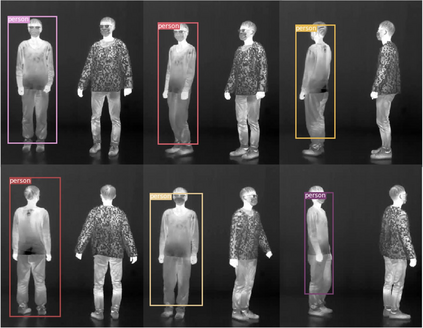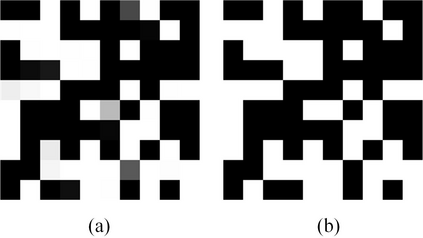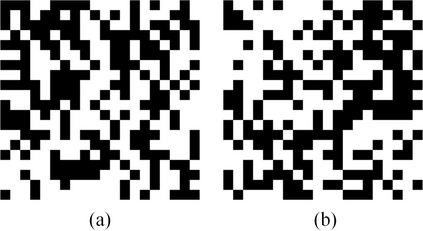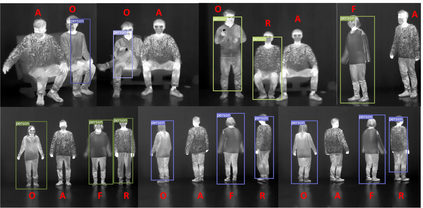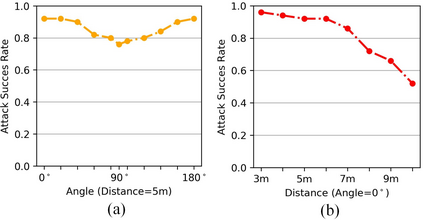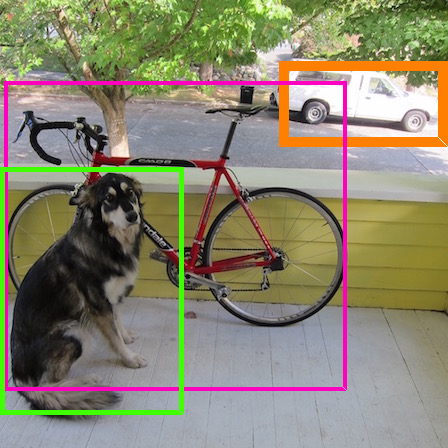Thermal infrared imaging is widely used in body temperature measurement, security monitoring, and so on, but its safety research attracted attention only in recent years. We proposed the infrared adversarial clothing, which could fool infrared pedestrian detectors at different angles. We simulated the process from cloth to clothing in the digital world and then designed the adversarial "QR code" pattern. The core of our method is to design a basic pattern that can be expanded periodically, and make the pattern after random cropping and deformation still have an adversarial effect, then we can process the flat cloth with an adversarial pattern into any 3D clothes. The results showed that the optimized "QR code" pattern lowered the Average Precision (AP) of YOLOv3 by 87.7%, while the random "QR code" pattern and blank pattern lowered the AP of YOLOv3 by 57.9% and 30.1%, respectively, in the digital world. We then manufactured an adversarial shirt with a new material: aerogel. Physical-world experiments showed that the adversarial "QR code" pattern clothing lowered the AP of YOLOv3 by 64.6%, while the random "QR code" pattern clothing and fully heat-insulated clothing lowered the AP of YOLOv3 by 28.3% and 22.8%, respectively. We used the model ensemble technique to improve the attack transferability to unseen models.
翻译:热红红红外成像广泛用于体温测量、安全监测等,但其安全研究直到最近几年才引起注意。我们建议红外对抗衣物,这种服装可以在不同角度愚弄红外行探测器。我们在数字世界从衣物到衣物的模拟过程,然后设计对抗性“QR码”模式。我们的方法核心是设计一个可以定期扩展的基本模式,使随机裁剪和变形后的格局仍然具有对抗效应,然后我们可以用对抗模式处理平板布板,将其加工成任何3D服装。结果显示,优化的“QR码”模式将YOLOv3的平均精度降低了87.7%,而随机的“QR码”模式和空白模式将数字世界的YOLOv3的AP分别降低了57.9%和30.1%。 我们随后用新的材料制造了对抗性衬衣物:arogel。物理世界实验显示,对抗性“QR码”模式服装将YOLO3的AP值平均精度降低了64.7%,而随机的“QR代码”改进了YOLOV3的温度为22调调制,而我们则使用了随机的MA变低的A值的防腐化的防制模式。

